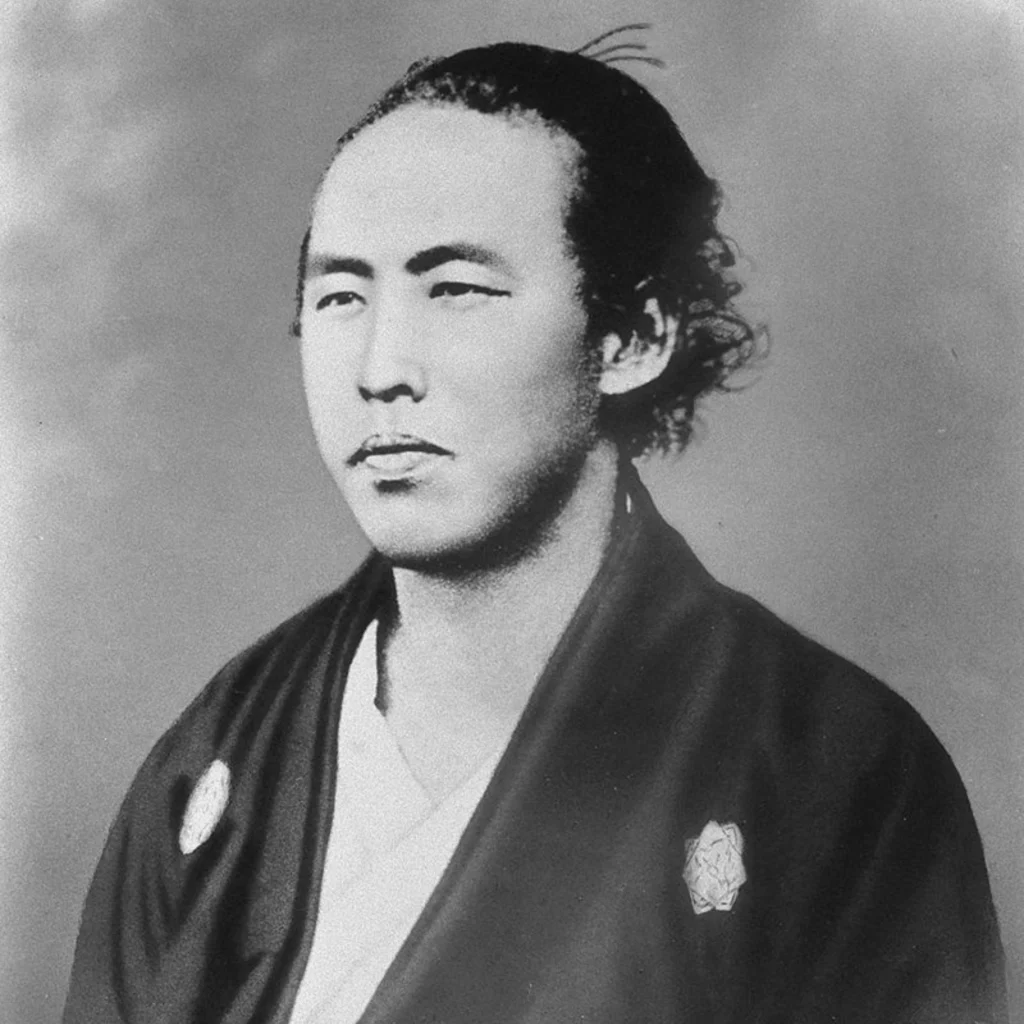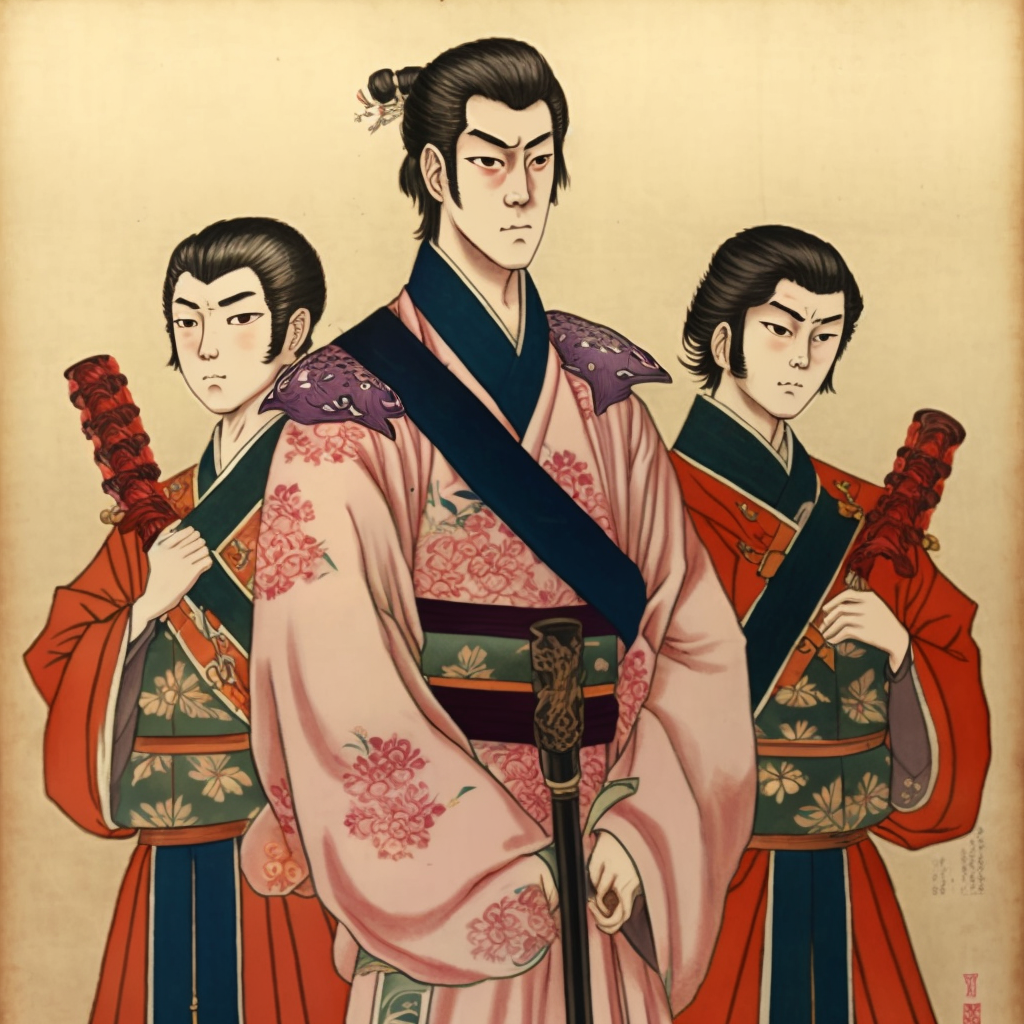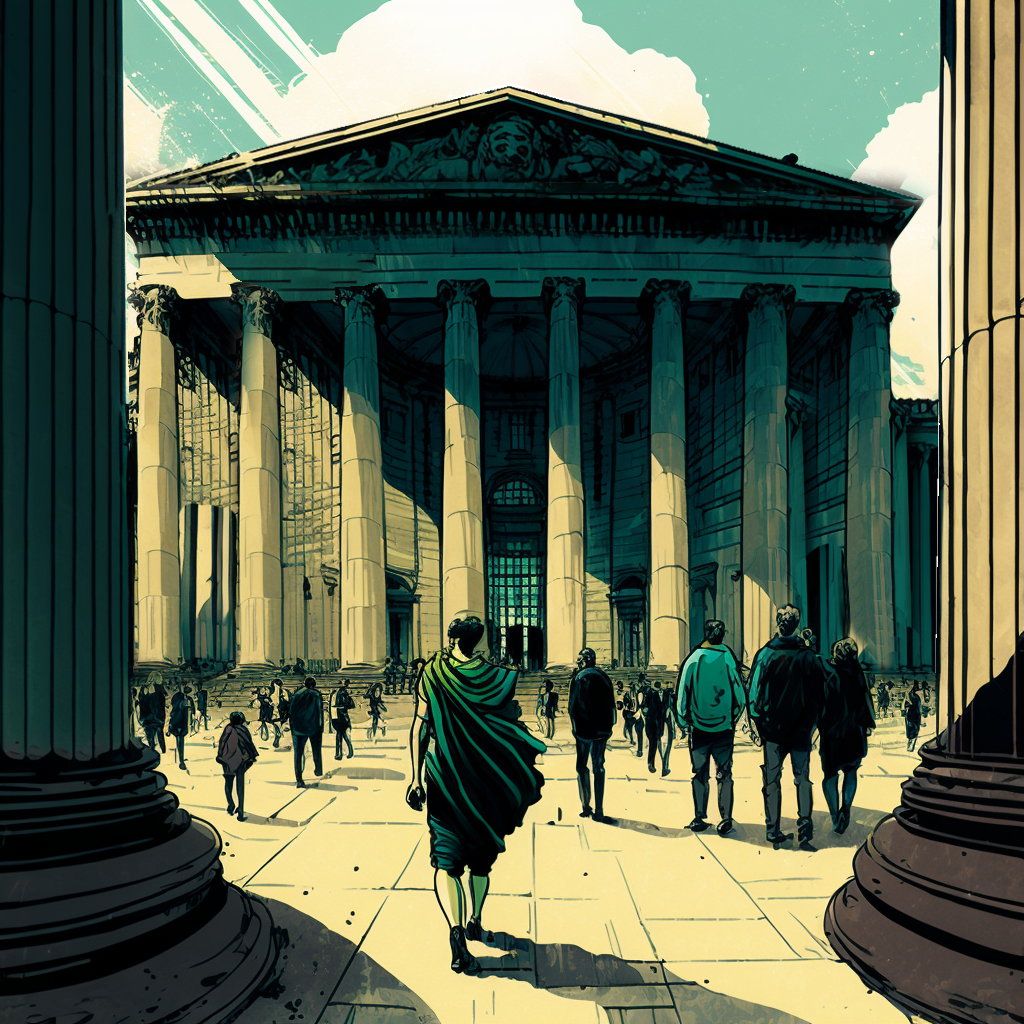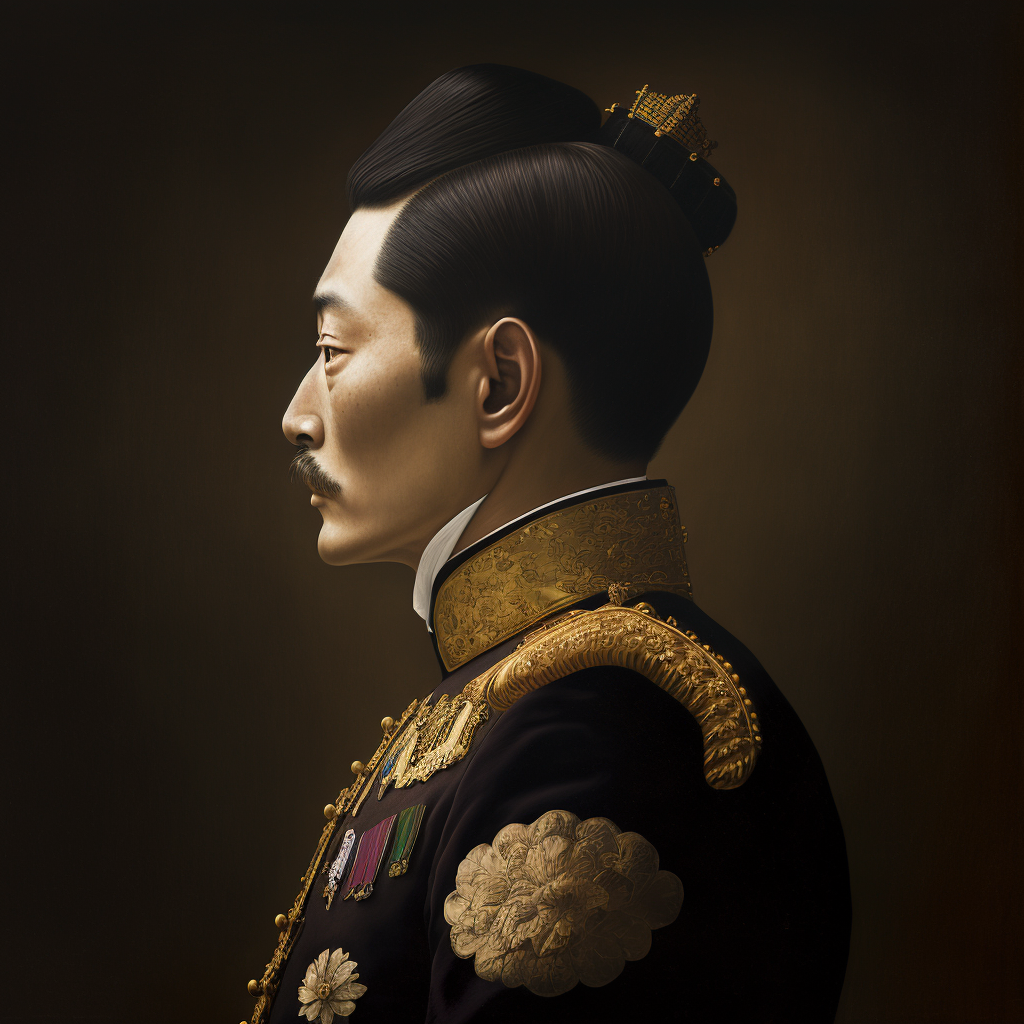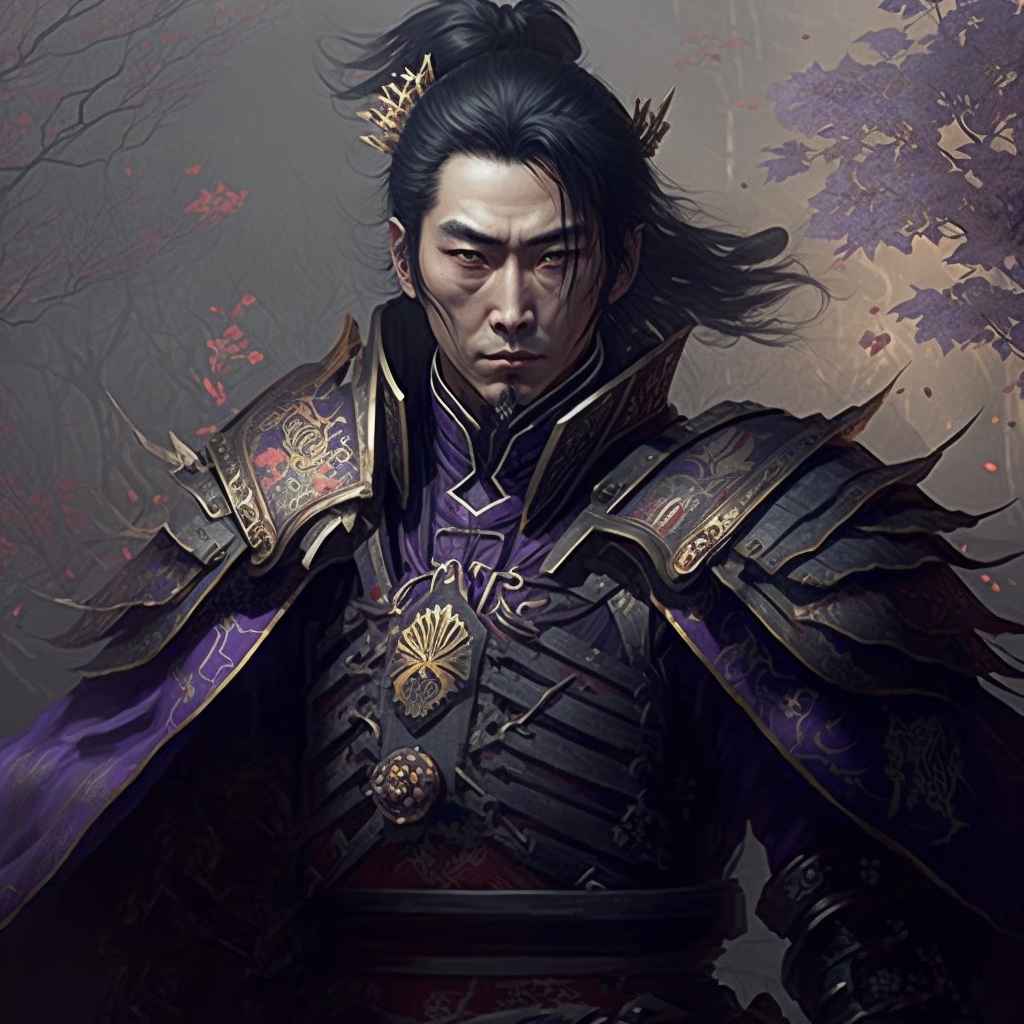Sakamoto Ryoma is one of the most iconic figures in Japanese history. He is often considered a national hero and a symbol of change. Born on January 3, 1836 in Kōchi, he played a key role in Japan’s transition from a feudal country to a modern nation. This marked the beginning of the Meiji era.
Historical Background
At the time Ryoma was born, Japan was still under the rule of the Tokugawa shoguns. In effect, it was a feudal political system. This system had isolated the country from the rest of the world for over two centuries. Tensions between the shogunal government and anti-shogunal forces were palpable. In addition, external pressures from Western powers created a climate of change and instability.
Early Life and Education
Ryoma grew up in a low-ranking samurai family. This gave him access to education and combat training. He began his career as a samurai and engaged in maritime trade. This allowed him to broaden his horizons and experience the outside world. This blend of idealism and pragmatism would be a defining characteristic of his life.
Political Involvement and Reforms
In the 1860s, Ryoma became a strong supporter of imperial restoration and opposed the shogunate. He was particularly influenced by the ideas of the sonnō jōi movement, which advocated respect for the emperor and rejection of foreigners. He established contacts with other reformist leaders and began planning an uprising against the shogunate.
One of his most notable accomplishments was the creation of the first alliance between the Satsuma and Chōshū clans. This alliance would become crucial in overthrowing the Tokugawa shogunate. This alliance helped to gather significant forces and coordinate efforts for imperial restoration.
Modern Vision and Influence
Sakamoto Ryoma is often considered a visionary. He advocated the adoption of Western technologies and ideas to modernize Japan. He dreamed of a country where samurai could play a positive role in a democratic society. Ryoma also worked to establish a more representative and inclusive system of government. This is a foretaste of what modern Japan would later become.
Assassination and Legacy
Sadly, Ryoma’s life was cut short when he was assassinated on December 10, 1867, at the age of 31. His tragic death shocked the nation. She made him a martyr for the cause of Japan’s modernization. His legacy lives on today, and he is celebrated as one of the heroes of the Meiji Restoration.
Many monuments and museums honor him. And his story has inspired films, TV shows, and literary works. Sakamoto Ryoma’s name remains synonymous with progress and innovation in Japan.
Conclusion
Sakamoto Ryoma is more than just a historical figure. He embodies the spirit of change and modernization that swept through Japan in the late 19th century. His vision of a modern and inclusive Japan continues to inspire future generations. This makes him a timeless figure in Japanese history.

